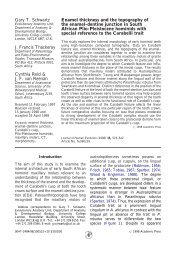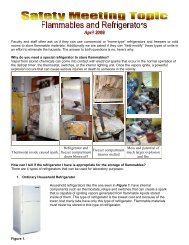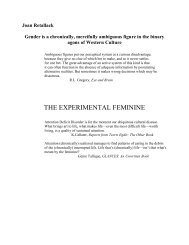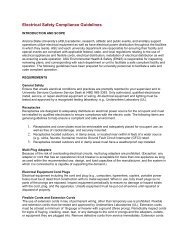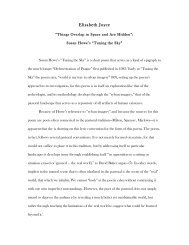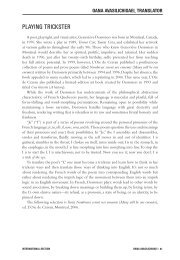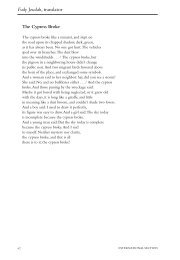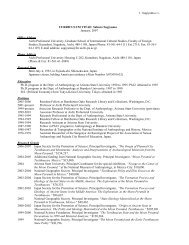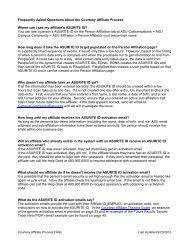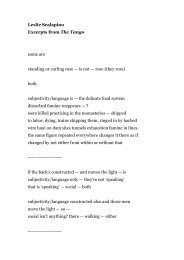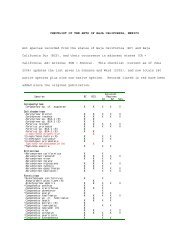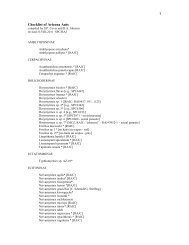VirusScan for UNIX - Arizona State University
VirusScan for UNIX - Arizona State University
VirusScan for UNIX - Arizona State University
Create successful ePaper yourself
Turn your PDF publications into a flip-book with our unique Google optimized e-Paper software.
<strong>VirusScan</strong> ®<br />
5.10.0 Product Guide Using <strong>VirusScan</strong> ®<br />
<strong>for</strong> <strong>UNIX</strong><br />
Producing reports<br />
Producing reports<br />
The program might take some time to complete a scan, particularly over many<br />
directories and files. However, the scanner can keep you in<strong>for</strong>med of its progress, any<br />
viruses it finds, and its response to them.<br />
The program displays this in<strong>for</strong>mation on your screen if you add the --summary or<br />
--verbose option to the command line. To learn more about each option, see<br />
Response options on page 25.<br />
The --verbose option tells you which files the program is examining.<br />
When the scan finishes, the --summary option identifies the following:<br />
� How many files were scanned.<br />
� How many files were cleaned.<br />
� How many files were not scanned.<br />
� How many infected files were found.<br />
Example<br />
In the report below, both the --summary and --verbose options were used <strong>for</strong><br />
scanning files in the /usr/data directory.<br />
$ uvscan --summary --verbose /usr/data<br />
Scanning /usr/data/*<br />
Scanning file /usr/data/command.com<br />
Scanning file /usr/data/grep.com<br />
Summary report on /usr/data/*<br />
File(s)<br />
Total files: ........... 2<br />
Clean: ................. 2<br />
Not scanned: ........... 0<br />
Possibly Infected: ..... 0<br />
To determine the time taken <strong>for</strong> the scan, you may use the <strong>UNIX</strong> time command.<br />
20<br />
3



